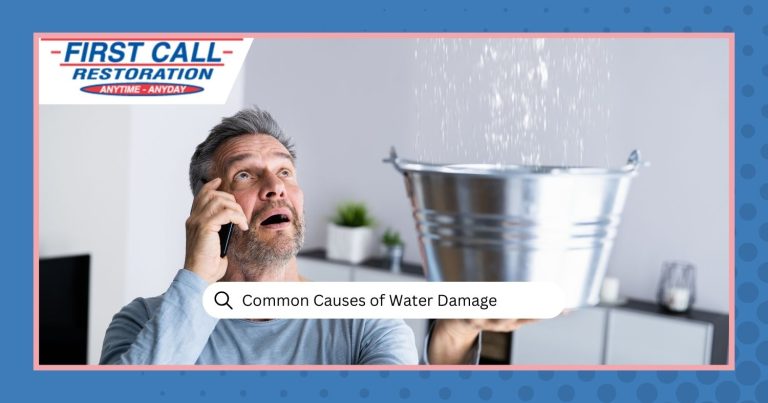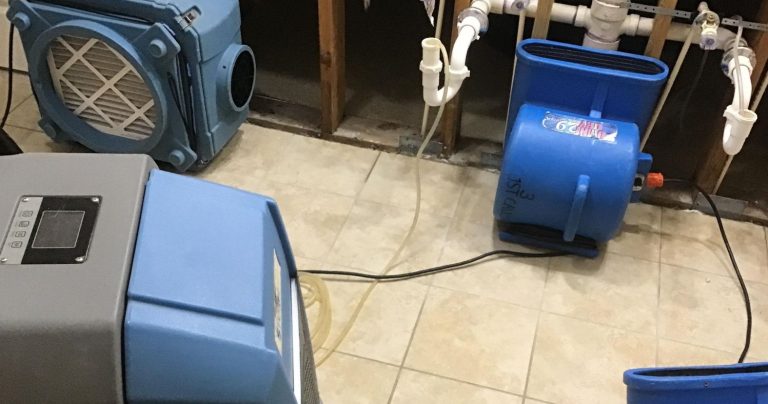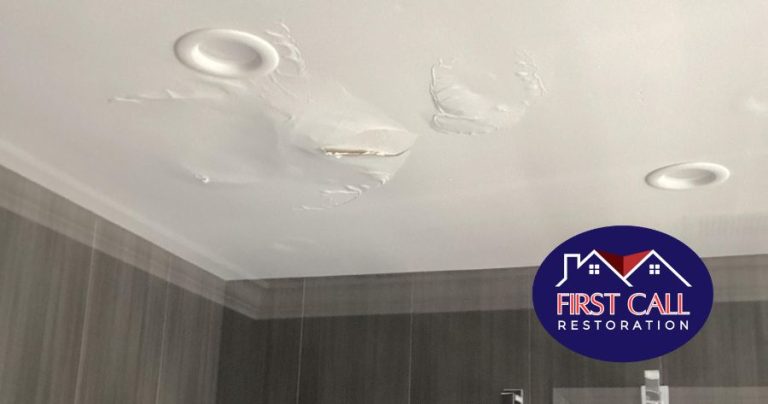Table of Contents
ToggleIn the bustling city of New York, mold remediation is a concern for many homeowners and property managers. When water damage strikes, whether from a leaky roof, burst pipe, or flooding, the clock starts ticking on mold growth. But just how long does it take for mold to rear its unsightly head? Let’s delve into this question and explore the ins and outs of mold growth, its phases, potential health effects, and finding reliable services for mold remediation New York.
Why and Where Does Mold Occur?
Mold is a type of fungus that thrives in damp, humid environments. It’s a natural part of the outdoor environment, playing a crucial role in breaking down organic matter. However, when mold finds its way indoors, it can wreak havoc on indoor air quality and structural integrity.
Common areas where mold tends to spread include:
- Basements and crawl spaces with poor ventilation
- Areas affected by water damage, such as ceilings, walls, and floors
- Bathrooms and kitchens where moisture levels are high
- Around leaky pipes, windows, and roofs
How Long Does It Take for Mold to Grow?
How fast can mold grow? Well, the speed at which mold grows depends on different factors, including moisture levels, temperature, and the presence of organic material. According to findings by FEMA (Federal Emergency Management Agency), mold can begin to grow within 24 to 48 hours after water damage occurs.
Here’s a breakdown of the phases of mold growth:
- Day 1-2: After water damage occurs, tiny mold spores, which are like tiny seeds, start to find their way into damp areas. These spores begin to settle and multiply, creating the beginnings of what will become a mold colony.
- Day 3-7: As the mold spores settle and multiply, you might start to notice small signs of mold growth. These could appear as fuzzy patches or discolored spots on walls, ceilings, or other affected surfaces. Even though they might seem small, these patches are the early stages of a mold infestation.
- Day 7-10: By this time, the mold colonies have had a bit more time to grow and spread. You might start to notice that the patches of mold are becoming larger and more widespread. They might also become more visible and have a stronger, musty odor.
- Day 10 and beyond: Without taking action to stop it, mold growth can quickly get out of control. The mold colonies will continue to spread, not just on the surface where they started but potentially to other areas of your home or building. This rapid spread can lead to significant damage to your property and make it harder and more expensive to clean up.Top of Form
Health Effects of Mold
You may ask: Can mold cause health problems? Mold not only damages property but can also pose serious health risks to occupants. Exposure to mold spores and mycotoxins can trigger a range of health problems, including:
- Allergic reactions such as sneezing, coughing, and skin irritation
- Respiratory issues like worsening asthma and difficulty breathing
- Headaches, fatigue, and flu-like symptoms
- Long-term exposure may lead to more severe health conditions
Mold Prevention Tips
Now that you know the answer to your questions How and where does mold occur?, How long does it take mold to grow? it’s time to take some measures to prevent mold growth. Fortunately, there are simple steps you can take to minimize the risk of mold growth. By applying these mold prevention tips, you can help keep your home clean, dry, and mold-free. Let’s explore some practical strategies to safeguard your home against mold infestations.
- Keep Things Dry: The best way to prevent mold is to keep things dry. Fix any leaks in your roof, plumbing, or walls quickly. Clean up spills and drips as soon as they happen.
- Control Humidity: Mold loves moisture, so try to keep the humidity level in your home low. You can use a dehumidifier to help remove excess moisture from the air, especially in areas like basements and bathrooms.
- Ventilate Properly: Good ventilation helps keep the air flowing and prevents moisture buildup. Use exhaust fans in bathrooms and kitchens, and make sure your clothes dryer vents outside.
- Use Mold-Resistant Materials: When renovating or building, consider using mold-resistant materials like mold-resistant drywall and paint. These materials are designed to resist mold growth, making them a good choice for areas prone to moisture.
- Keep Things Clean: Regular cleaning can help prevent mold growth. Wipe down surfaces regularly with a mixture of water and detergent to remove dirt and grime where mold likes to grow.
- Monitor Problem Areas: Keep an eye on areas of your home that are prone to moisture or have had mold problems in the past. Check for signs of water damage or mold growth regularly so you can catch any issues early.
- Use Proper Insulation: Proper insulation can help prevent condensation, which can lead to mold growth. Make sure your home is properly insulated, especially in areas like attics and crawl spaces.
Finding Reliable Mold Removal Services
If you notice any signs of mold growth in your home, it’s crucial to enlist the help of experienced professionals for effective mold remediation. Look for a reputable mold removal company with:
- Certification and training in mold remediation techniques
- Experience in handling various types of mold and water damage scenarios
- Transparent pricing and a commitment to customer satisfaction
Reach Out to First Call Restoration LLC for Expert Mold Removal
If you need mold remediation services, look no further than First Call Restoration LLC! Our experienced technicians are available 24/7 to respond to your call and tackle all your mold concerns! Give us a call at (845) 442-6714 or submit an online form.




